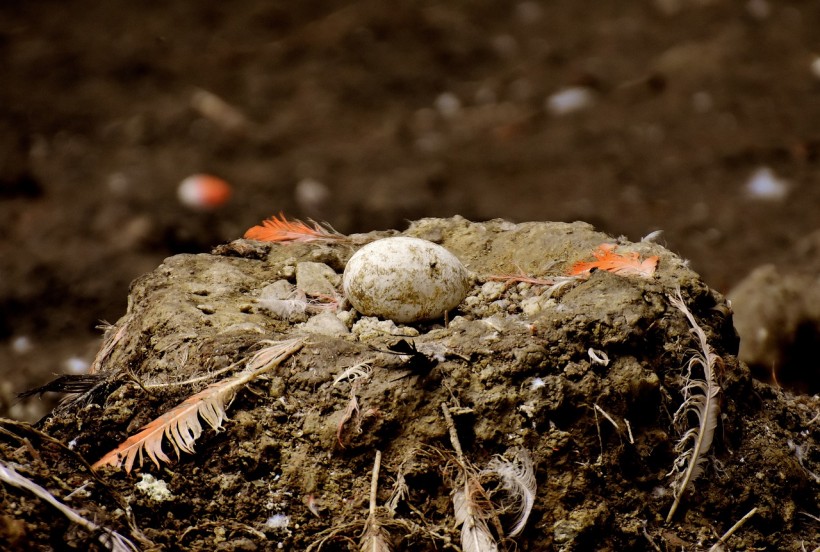The National Institute of Anthropology and History (INAH) of Mexico has announced that a flamingo egg fossil that is thousands of years old was found in Mexico.
World's Second: Flamingo Egg Fossil Found in Mexico
According to Newsweek, the distinct egg was found to be exceptionally preserved in the Mammoth Central, a known paleontological site. It was found while the Felipe ángeles International Airport was being constructed. The egg was discovered to date between 12,000 and 8,000 years ago, VOA News adds.
The preserved flamingo egg is an exceptionally rare find. In fact, it is the first kind of bird discovery in the Americas that points to the family of Phoenicopteridae flamingos. It is also the second discovery of its kind in the entire world.
According to the Archaeologist, the researchers examined the width, size, eggshell pattern, and shape of the egg to compare it with other known species in order to know which group the egg's producer belongs to. This enabled the researchers to conclude its flamingo origins.
The egg was found to have a length of four inches and its maximum width slightly exceeds two inches. It has an elongated form with two pointy tips. There are no spots covering the shell.
It is very rare to find petrified eggs of birds of any species from Pleistocene era across North and South America. While extinct puffin, crane, and pelican eggs have been previously found across the Americas, the only places where flamingo fossils are typically found are in Central Mexico's paleolakes.
Newsweek adds that fossilized bones of flamingos have been found in Mexico, Argentina, Costa Rica, Venezuela, Uruguay, and the US.
Mammoth Central in the Airport Construction Site
The airport where the eggs were found opened its doors on March 2022. Its construction started in 2019 and enabled the uncovering of several prehistoric remains at the paleontological site.
Such remains are now known to include species of extinct horses, ground sloths, tigers with saber teeth, and over 500 specimens of mammoths. Because of the latter findings, the site has been dubbed "Mammoth Central."
The paleontological site is now known to be the largest fossil deposit that dates back to Latin America's Pleistocene epoch, which covered 2.58 million to around 11,700 years ago.
Now, the recent flamingo egg fossil discovery adds to the site's paleontological wealth.
In ancient times, the site where the eggs were found covered the prehistoric lake called Xaltocan. This lake has now disappeared.
The flamingo egg fossil shows that such creatures could have been part of the landscapes of lakes across the Valley of Mexico. They also shed light on the region's prehistoric environmental conditions.
The researchers from INAH plan to perform further analysis on the egg to determine its connection with extinct and living flamingo species.
RELATED ARTICLE: Tennis Ball-Size Giant Turtle Egg Opened for the First Time to See the Rare Embryo Undisturbed for 90 Million Years
Check out more news and information on Paleontology in Science Times.





![Earth's Quasi-Moon Kamo‘oalewa Could Originate From Lunar Surface Not Asteroid Belt [Study]](https://1721181113.rsc.cdn77.org/data/thumbs/full/53275/89/56/50/40/earths-quasi-moon-kamo-oalewa-could-originate-from-lunar-surface-not-asteroid-belt-study.png)









